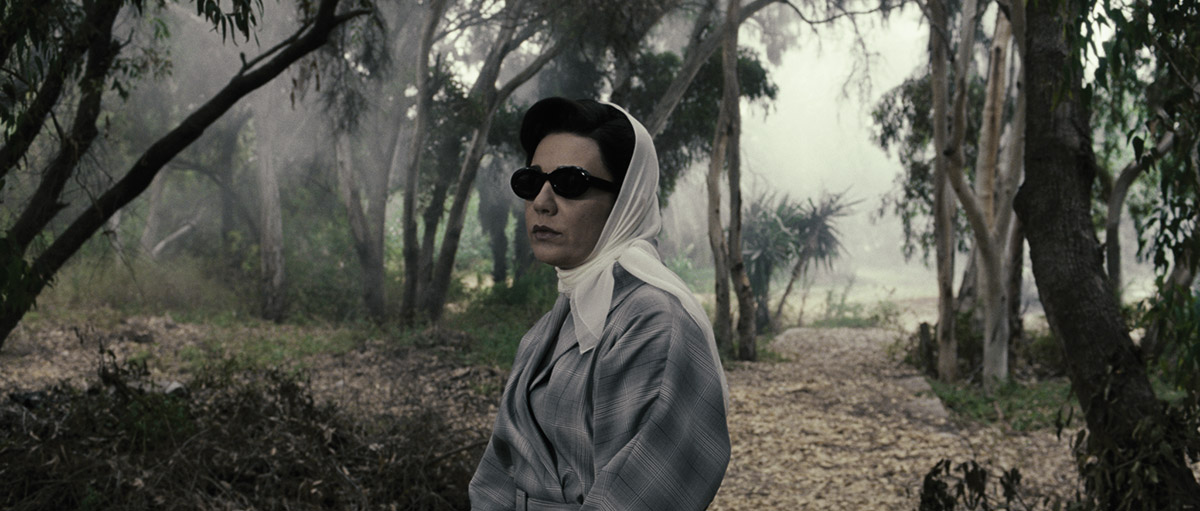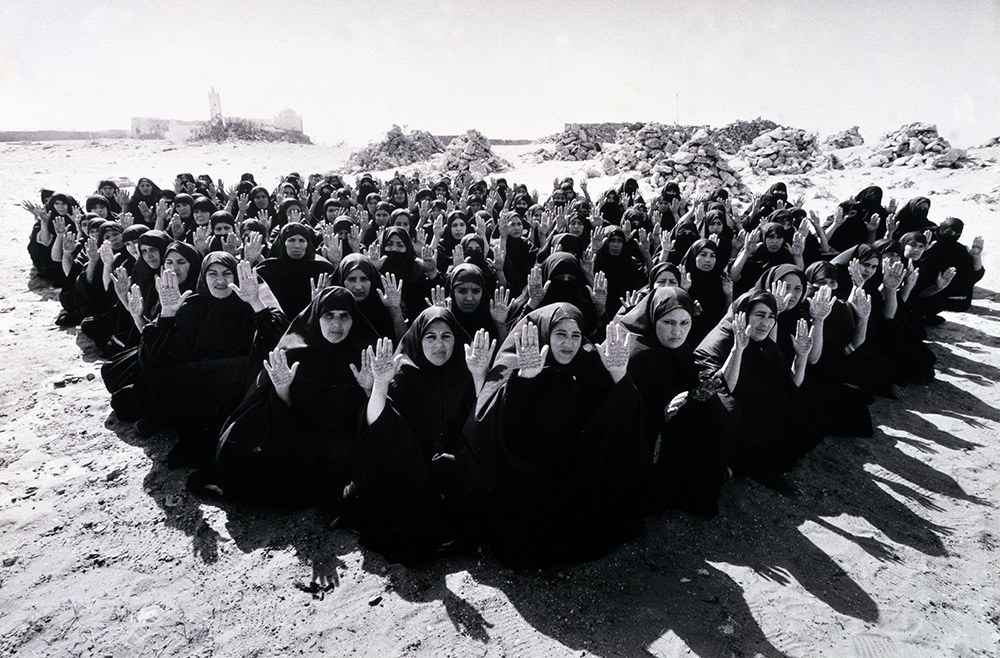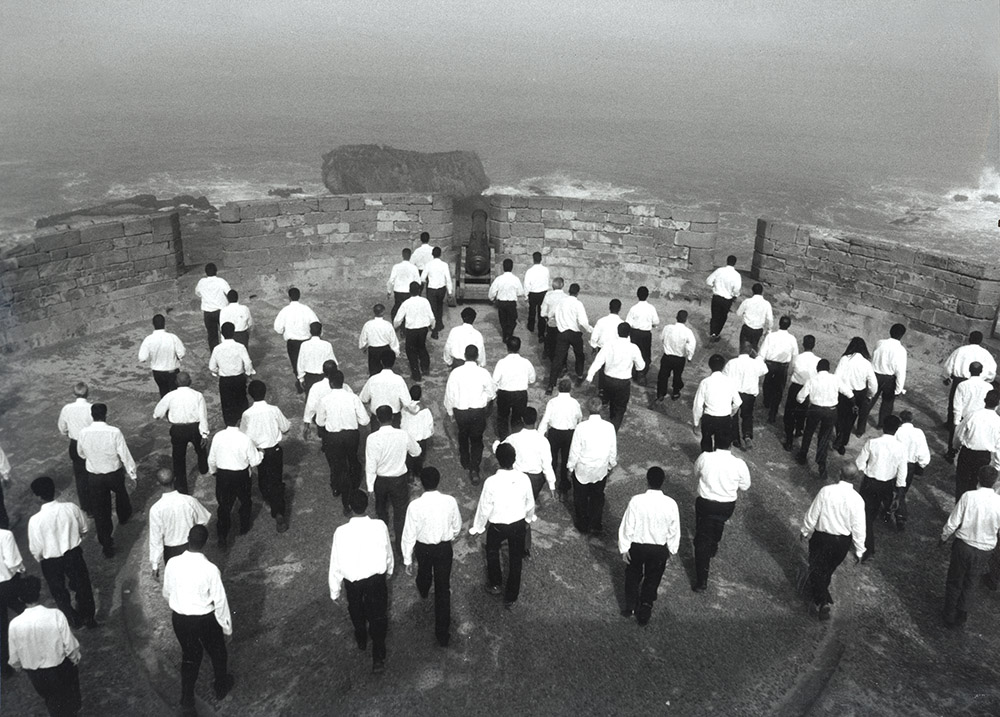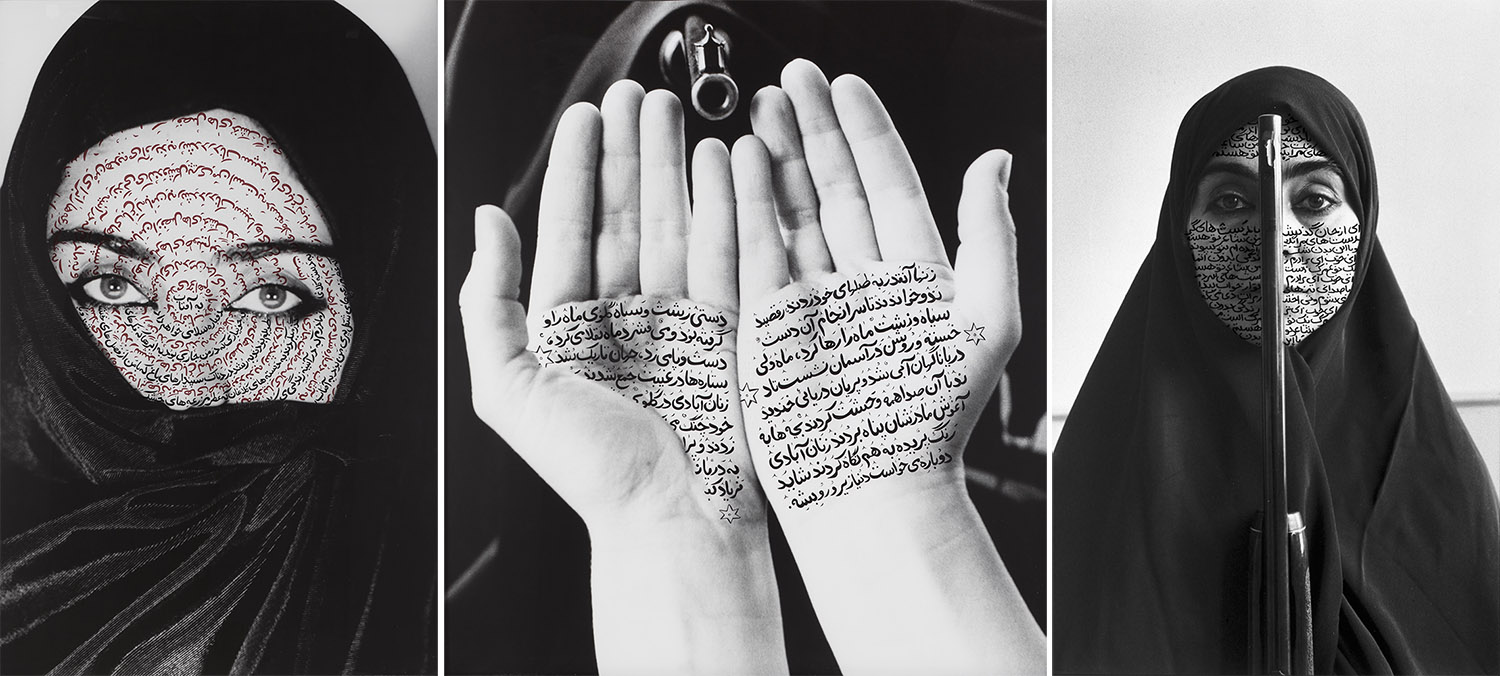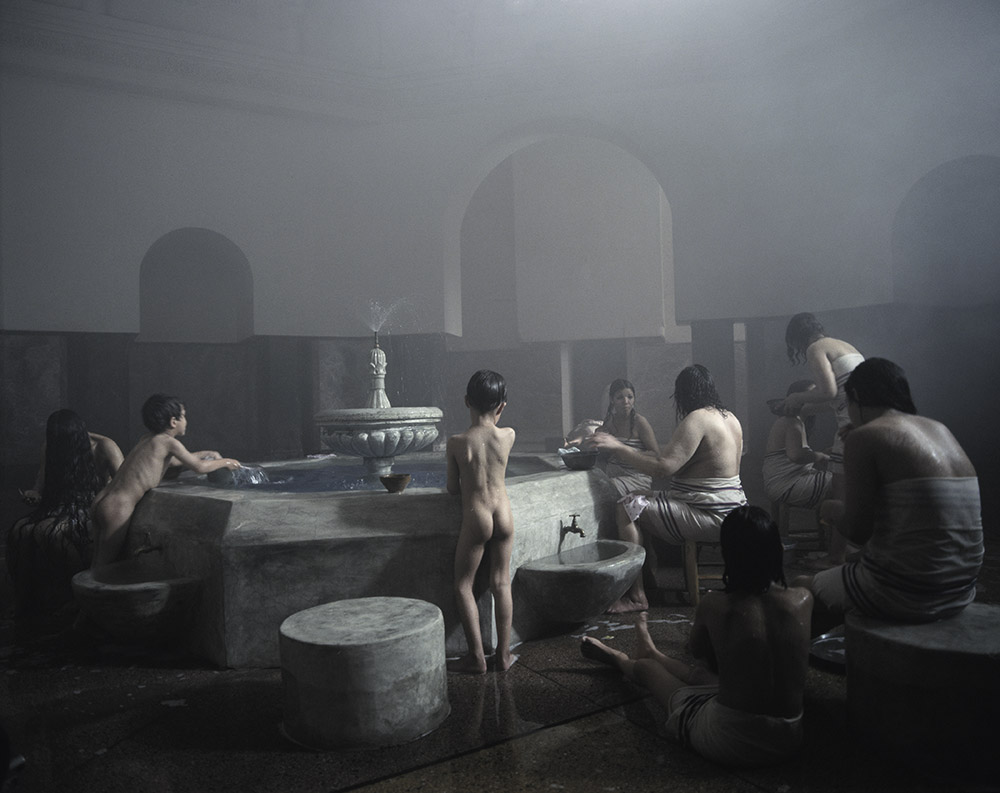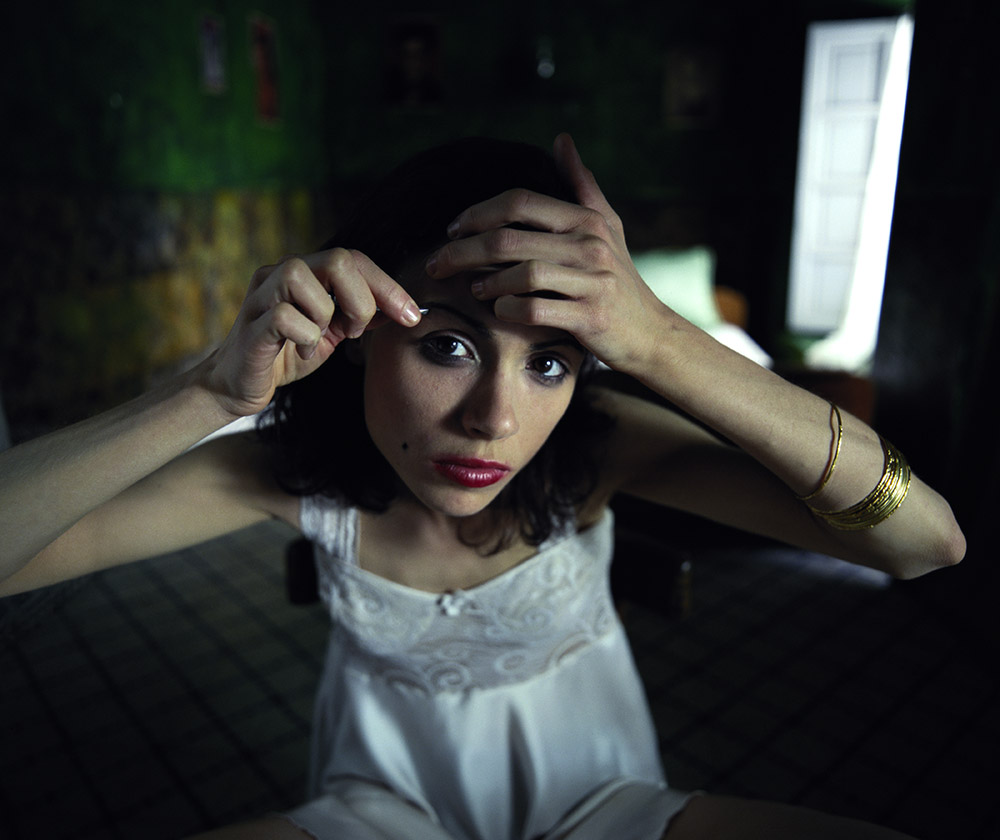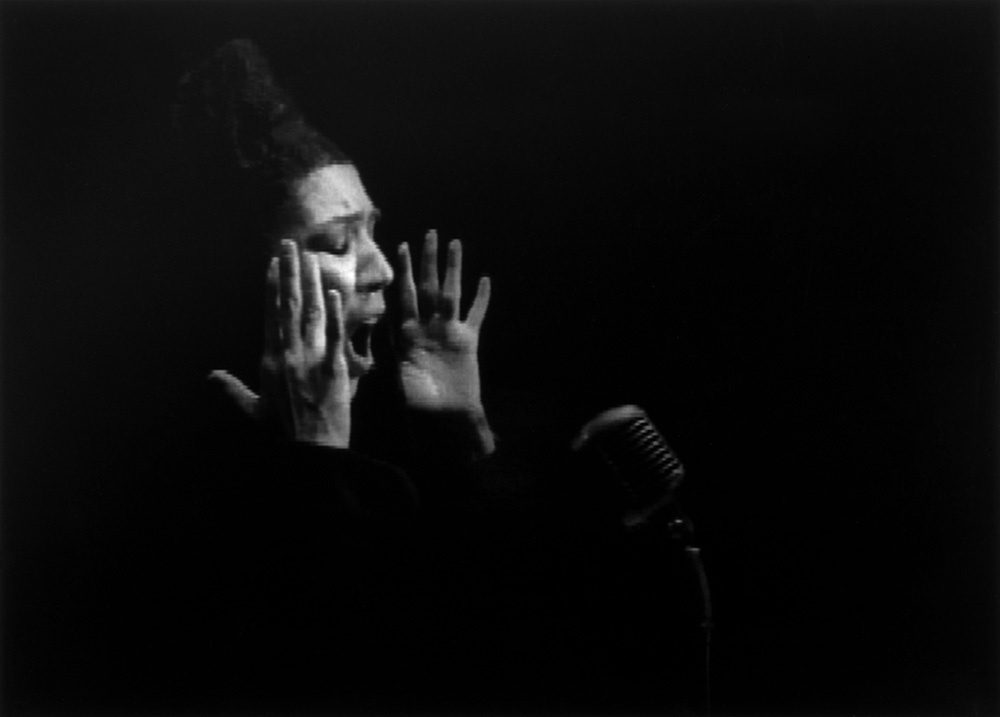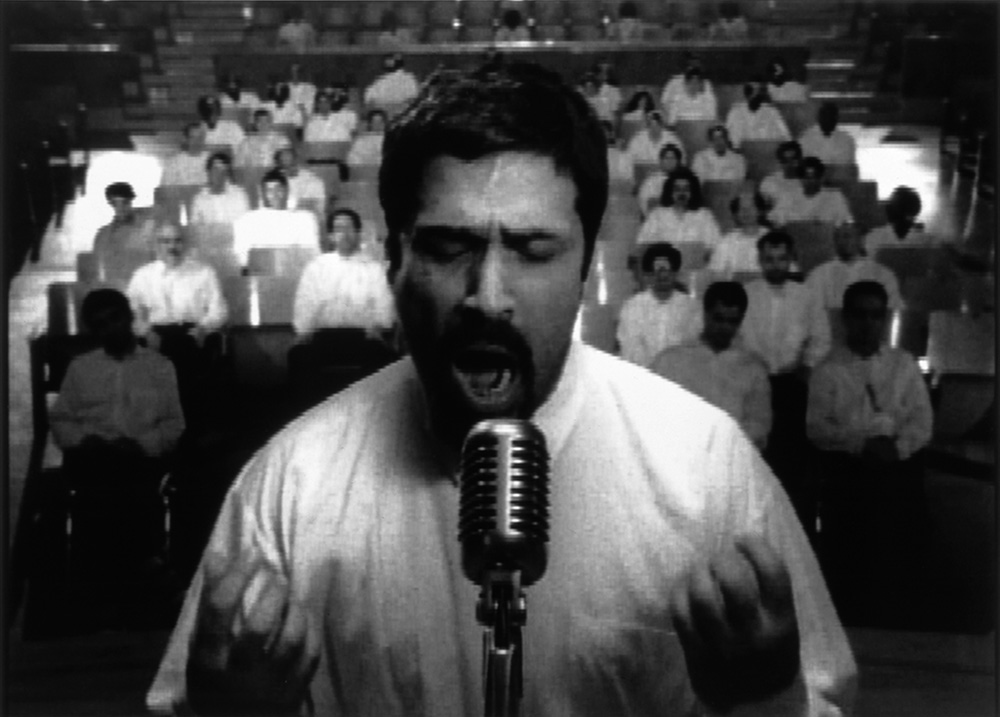ART CITIES:Hague-Shirin Neshat
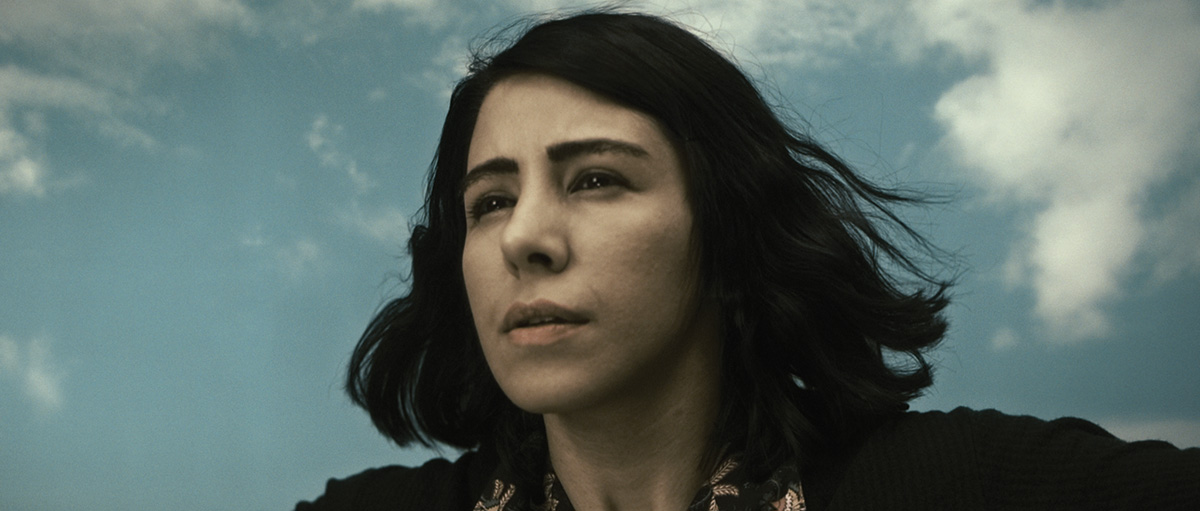 Hardly any other Iranian artist won acclaim as quickly as Shirin Neshat at the end of the 90s, her work, which has never been shown in Iran, essentially declares the female presence in a male dominated culture. In her films and photographs, the female gaze becomes a powerful and dangerous instrument for communication.
Hardly any other Iranian artist won acclaim as quickly as Shirin Neshat at the end of the 90s, her work, which has never been shown in Iran, essentially declares the female presence in a male dominated culture. In her films and photographs, the female gaze becomes a powerful and dangerous instrument for communication.
By Efi Michalarou
Photo: GEM Archive
Shirin Neshat In the beginning was the shock. 6 years after leaving Iran at the age of 17 to study art at the University of California, Shirin Neshat flew back in 1990 to visit her family. The land had changed: “Persian culture is based on quite different values to the Islamic one. It is less stiff, more poetic and bookish and very old. The new government brought a very strict, pure form of Islam into the country. They wished to erase Persian history and to replace it with a general Islamic culture”. Her fame rests on photographs and videos contrasting Islam and the West, men and women, constraints and desires, the public and the private, the old and the new. Her works also bridge the growing gulf between the wealth of Persian culture on the one hand and the narrow restraints of everyday life in the Islamic Republic of Iran on the other. In Shirin Neshat’s solo exhibition “Poetry in Motion” that is on presentation at GEM-Museum of Contemporary Art in Hague, are shown both the early “Women of Allah” (1993-97) series and her films: “Turbulent” (1998), “Rapture” (1999), “Zarin” (2005) and “Munis” (2008). In the series “Women of Allah” the contrast between the calligraphic text on women’s bodies and the prohibition on speech is often suggested by titles. In “Speechless” the barrel of a gun peeps out from between a head-cloth and a woman’s beautiful face laced with calligraphy, and in “Rebellious Silence” the cold steel of a weapon parts a woman’s face and dark body into light and shade. The clothing and weapons suggest both women’s defence of Allah in the revolution, and their defence of privacy and chastity in daily life. In these images there is a clear but ambiguous contrast between defence and attack, secrecy and exposure, eroticism and aggression. The range of imagery is kept within the cultural, religious and social codices of Islamic society, so Shirin Neshat is entitled to claim to have opened “a pictorial discourse between feminism and contemporary Islam, not as an expert, but as a “passionate researcher”. Neshat added calligraphy to the images, parts of poems in Farsi, giving the women a voice. At the same time Women of Allah is a comment on the West’s clichéd view of Iranian women. Along with “Fervor” (2000), “Turbulent” (1998) and “Rapture” (1999) form a trilogy of video installations. “Turbulent”, is about men’s and women’s spheres of influence. Men make themselves felt in war and politics, and women in art and music. On two opposing screens are seen a male and a female singer respectively. The man sings a song from the 13th Century and is viewed by a fettered camera from behind, but the woman pours out her feelings to the whole world (and an empty auditorium) and is viewed freely by a circling camera from all sides. The Persian woman’s song is without words but invests classical Persian music with a new intense feeling and sensuality. On this video Shirin Neshat worked for the first time with the composer and singer Sussan Deyhim, who likewise comes from Iran and lives in New York. In “Rapture” (1999), which is likewise black and white and made in Morocco. Once more men and women appear separately, this time in large groups. The men move through a stone fortress, where the sequence of their actions is determined by the archways, narrow passages and raised galleries winding between battlements and cannon. They meet in circles, climb ladders and take up positions on the edges of walls. The women on the other hand flutter like moths through the open landscape, gather in an empty field, raise hands inscribed with calligraphy and turn finally towards the sea, to set forth in boats. In effect the women turn back from the fossilised fortress to the sea as the source of life. The videos “Zarin” and “Munis” are part of a series of video installations entitled “Women Without Men” (2004-08), based on the 1989 novel of the same name by Shahmush Parsipur, whose work is banned in Iran. Parsipur tells the story of five women, each of whom tries to escape a repressive cultural, social or religious background. Neshat translates this to 1950s Iran, when the country’s first democratically elected government was overthrown in a military coup. Neshat combines historical fact with mythological and surrealistic details: the activist Munis talks to a dead demonstrator, and the men whom the young prostitute Zarin sees have no faces. Neshat thus creates a magical realist idiom that shifts constantly between reality and fiction.
Info: GEM-Museum for Contemporary Art, Stadhouderslaan 43, Hague, Duration: 27/10/18-7/2/19, Days & Hours: Tue-Sun 11:00-18:00, www.gem-online.nl
